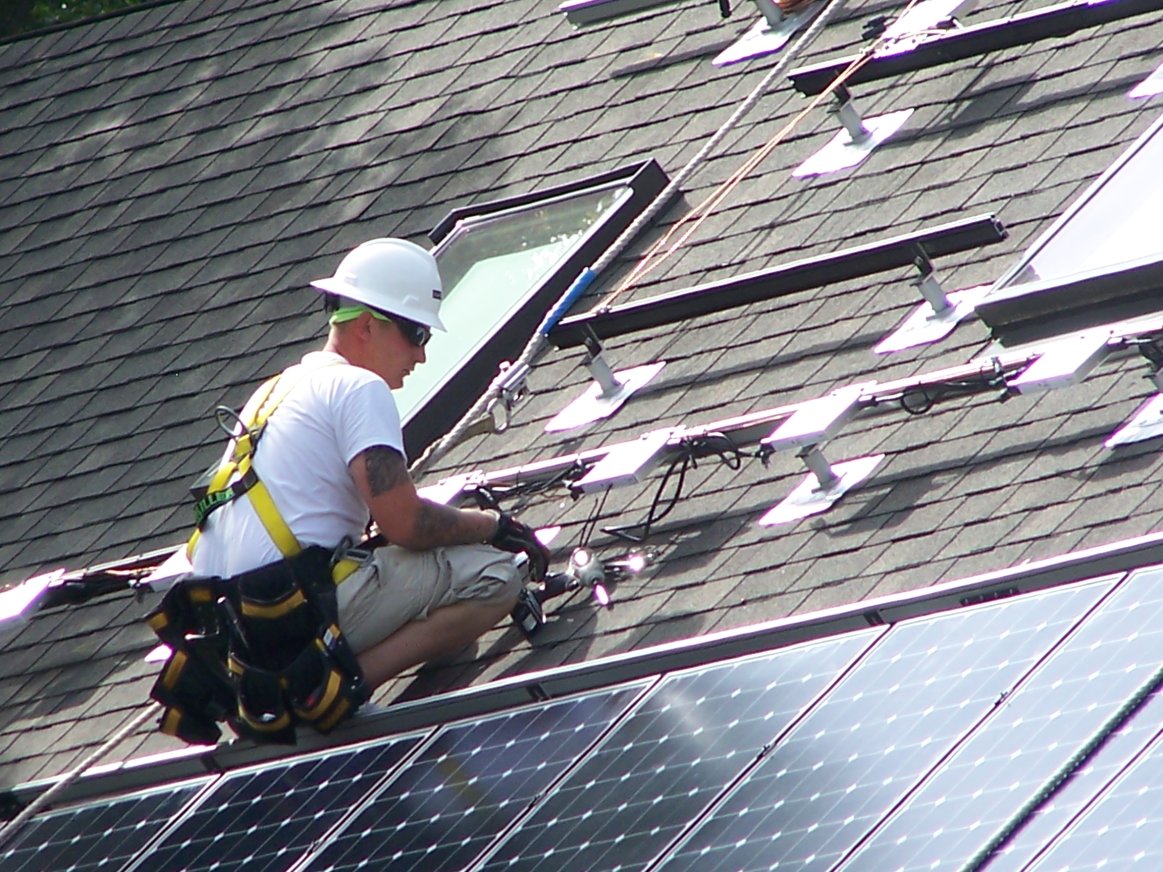
As the solar industry looks for new ways to increase efficiency and drive down cost, inverters have gone from the relatively simple to decode Central, String and Micro options to a bewildering array of new and viable technologies.
Back in December of 2012, we wrote a short summary of where we thought power conversion architecture was going - with a focus on AC modules. Now, in October of 2014, we need to consider not only Central, String, Micro and DC Optimized systems, but also MIni-Strings, Dual MPPT Strings, Arc Fault Detection and Rapid Shutdown options - and the evolution doesn’t appear to be slowing down.
Here is a briefing on what we expect to see in the coming months for Residential, Commercial and smaller Utility scaled systems.
Residential
Microinverters continue to grow in popularity with AC modules showing the most overall promise for cost and convenience. The dual MPPT inverters ( like Solectria and SMA, for example) can beat out Micros on cost, but if rapid shutdown (NEC 2014) is called into play then the Micros or even the Solaredge optimized systems may again have the advantage. Be sure to engage with your local AHJs to stay ahead of the curve on NEC 2014 adoption!
Commercial
Even though Micros are finding their way into commercial projects, 480V string inverters are the dominant force. With placement options directly on the roof next to the array or remote, near other power equipment, string inverters can meet all types of safety and efficiency requirements. Except in some ground mount systems, it’s hard to justify a Central inverter and combiner boxes with rapid shutdown when options like 14-30kW string inverters and SolarEdge optimized systems are so flexible and cost effective. Micros are about to become 480V players, with some exciting announcements forthcoming, and then we may see them displacing String inverters in this space. Until then, commercial string inverters will dominate this space.
Utility / Large Commercial
Depending on monitoring and safety requirements, larger systems can be built with either String or Central inverters very efficiently. The $1/Watt components target can be met under NEC 2014 and if 100kW central or larger are employed with simple DC aggregation architecture, the $1/Watt barrier is easily passed.
In summary, a system designer has more and better choices than ever for meeting site requirements. Without going out into fringe products, we can meet safety, cost and efficiency targets that would have been considered science fiction less than five years ago. For a thorough analysis of your project, please contact you Greentech Renewables account manager and find out what technology is shipping now.